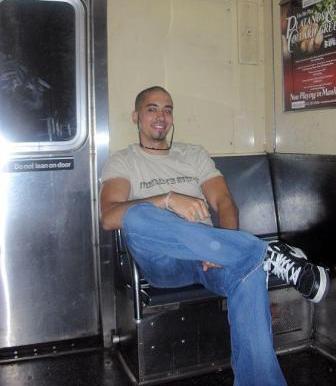It appears that the financial crisis is affecting transit agencies directly. From a Washington Post article (via: The Bellows):
[DC] Metro and 30 other transit agencies* across the country may have to pay billions of dollars to large banks as years-old financing deals unravel, potentially hurting service for millions of bus and train riders, transit officials said yesterday.
The problems are an unexpected consequence of the credit crisis, triggered indirectly by the collapse of American International Group, the insurance giant that U.S. taxpayers recently rescued from bankruptcy, officials said.
AIG had guaranteed deals between transit agencies and banks under which the banks made upfront payments that the agencies agreed to repay over time. But AIG’s financial problems have invalidated the company’s guarantees, putting the deals in technical default and allowing the banks to ask for all their money at once.
In essence, the federal government is using our tax money to prop up banks that are demanding immediate repayment of exorbitant sums from public agencies, even though these exorbitant sums were guaranteed by an insurance firm that–you guessed it–the federal government used our tax money to prop up. It’s not clear what we’ve propped, since AIG is no longer keeping its promises, but hey.
So where’s the bailout for the transit agencies that can’t make good on their loans? (For that matter, where’s the bailout for the agencies like KC Metro, that are struggling to keep up with increased costs, decreased revenue, and increased demand?) Leaving aside the fact that I’d rather have my money spent to get people where they’re going than to cover resort vacations for the very folks who got us into this mess, imagine the financial (not to mention environmental) devastation (and general chaos) that would take place if transit agencies in major U.S. cities like Chicago and San Francisco had to drastically cut back service.
Today, senators representing states with affected agencies wrote an urgent letter to Paulson and Bernanke, asking for help resolving the crisis. From a US Senate press release (via: Yglesias Think Progress )
WASHINGTON – Today, U.S. Senator Robert Menendez, along with Senators Richard Durbin (D-IL), Frank Lautenberg (D-NJ) and Barbara Boxer (D-CA) are calling on Treasury Secretary Henry Paulson and Federal Reserve Chairman Ben Bernanke to prevent a potentially crippling financial situation that transit agencies are facing as a result of the credit crisis. The collapse of insurance giant AIG has caused deals between banks and transit agencies to fall apart, allowing banks to demand billions of dollars from the agencies.
“Any reduction or degradation in transit service could mean that our constituents will struggle getting to work or school, squeezing our state economies and family budgets even further,” wrote the senators. “This is a time when we should encourage mass transit use and a financial blow to our transit agencies such as this one is a major setback to that effort”
The senators, who represent states with major public transit systems, called on the Treasury and Federal Reserve to each appoint senior officials to work with the Department of Transportation and large transit agencies in developing a solution that will avoid a fiscal crisis for the agencies.
I, for one, will be writing to my senators** to make sure they’re aware of my deep, deep interest in this issue. Who’s with me?
*I have not seen a comprehensive list of the affected agencies, but I don’t think KC Metro is one of them. (It’s close to midnight on a Friday, so I can’t really check on it.) Update: I have received confirmation that Metro is not one of the 30 agencies. Whew! Lord knows we have enough money problems.
**Contact Cantwell
Contact Murray


